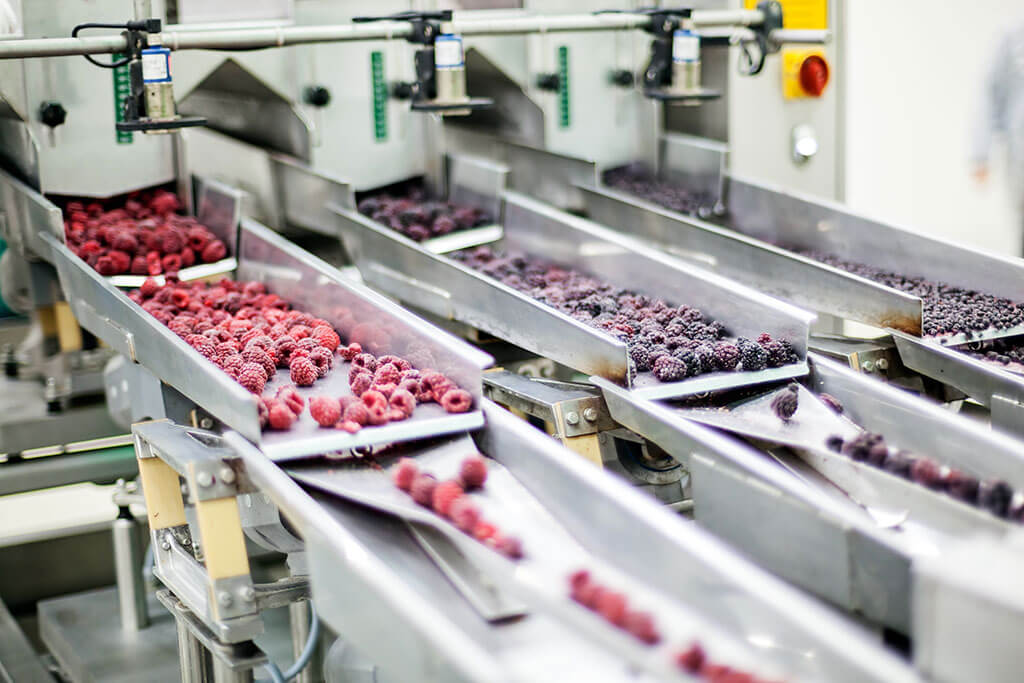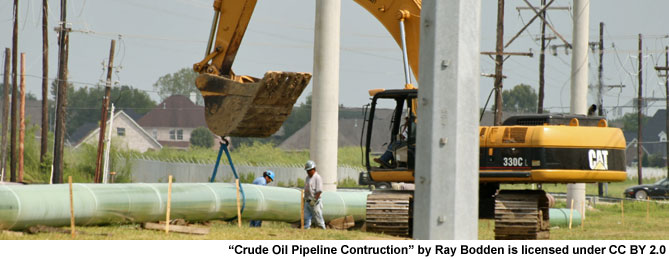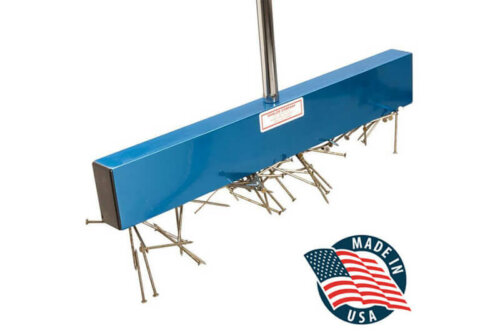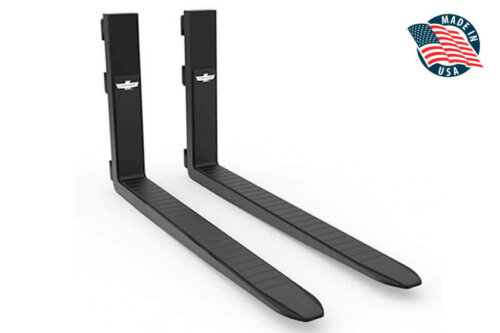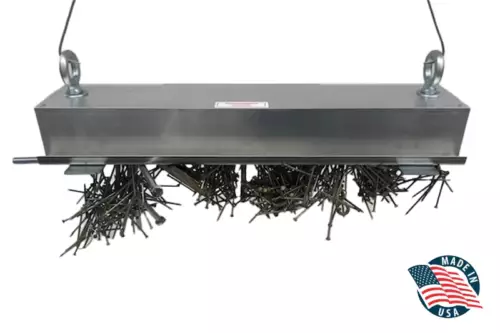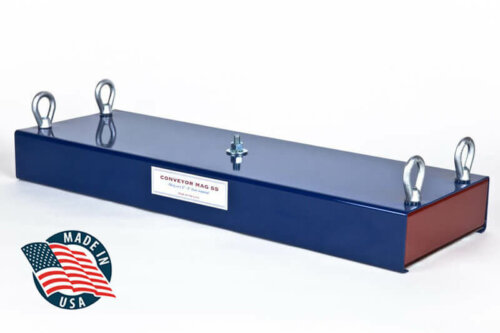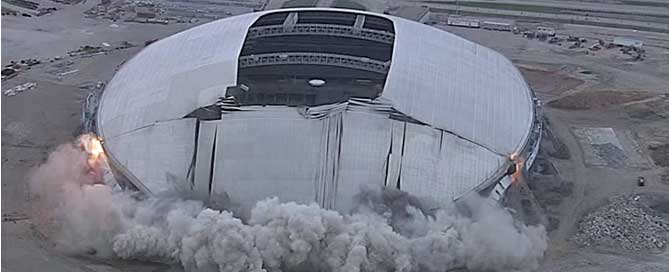
We love building implosions. Loud and spectacular, these demolitions turn enormous, out of date, and often unsafe buildings into piles of rubble. In what would otherwise take months to do with machinery and manpower is done in seconds with powerful explosives.
Our favorite aspect of a building demolition: Our magnetic separators are often used to do the important job of separating iron from rock aggregate once a building is blasted to smithereens.
5. World’s Tallest Concrete Implosion
4. Athlone Towers
3. Aladdin Hotel
2. Texas Stadium
1. Seattle Kingdome
What happens with all that rubble?
For years, concrete from building demolitions and renovations used to end up in landfills. Today, 140 million tons of concrete are recycled annually, according to the Concrete Joint Sustainability Initiative, Concrete recycling is popular thanks in part to laws, environmental awareness, and desire to control construction costs.
In order for the concrete to be usable, the stone aggregate has to be separated from steel and other materials.
First, the concrete aggregate is put through a crushing machine. Crushing can happen at a designated factory, or at the construction site with portable crushers. After the concrete is initially crushed, the aggregate and other material, such as steel rebar travels on a conveyor belt, so it can be sorted. Any steel mixed in with the newly crushed concrete is separated using a self-cleaning cross-belt magnet or other means. This valuable steel is usually recycled at another location.
The contaminate free concrete is sorted by size and additional crushing may be necessary for larger pieces.
Smaller pieces of recycled concrete are used as gravel at new construction projects. In fact, the federal highway administration uses the material to build new highways from the recycled materials of old ones.
Larger chunks of of crushed concrete are used to help reduce erosion along stream banks.
Recycled concrete has a number of valuable benefits:
- Keeps concrete out of landfills
- Reduces need for gravel mining
- Using recycled concrete for roadways reduces pollution caused by trucking in new material
How implosions are done
To take down a building with a steel support structure, crews use a specialized explosive material called cyclotrimethylenetrinitramine, or RDX for short. These explosives expand at a high rate of speed — up to 27,000 feet per second. So instead of disintegrating steel columns, the pressure slices right through concrete and steel, splitting the structure in two. This allows the building to fall down upon itself.
Demolision crews may also control the fall of a building by placing explosives on one side of the building or the other.

